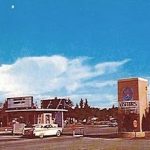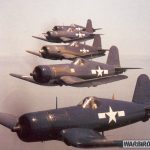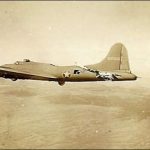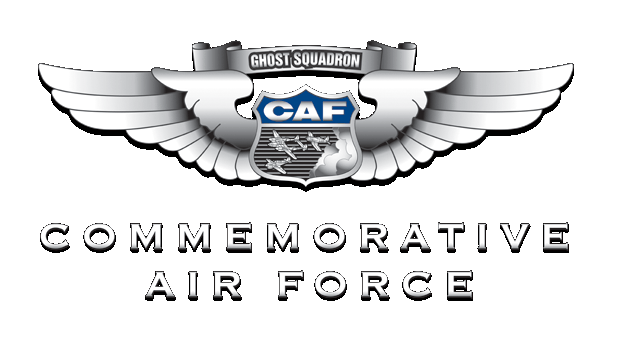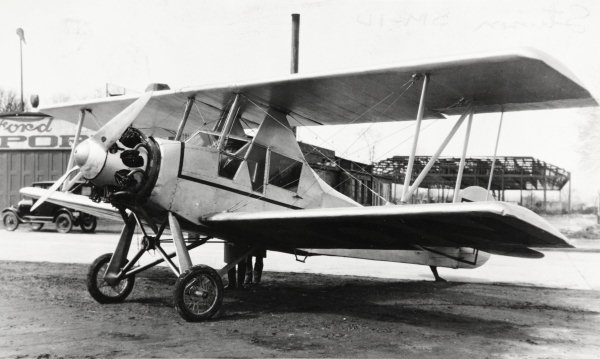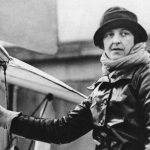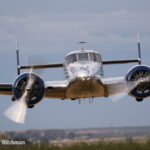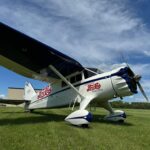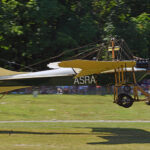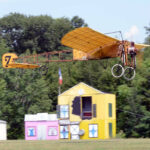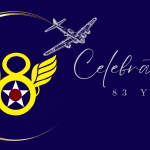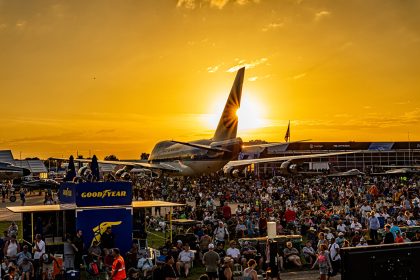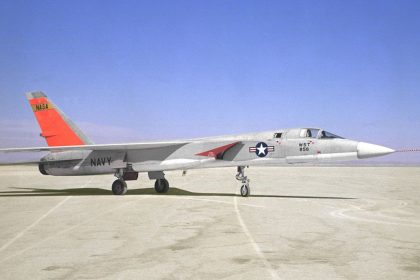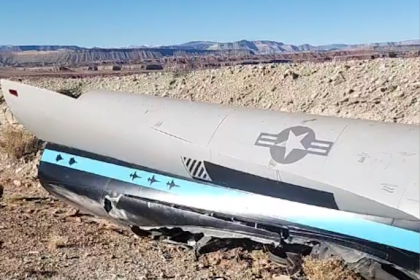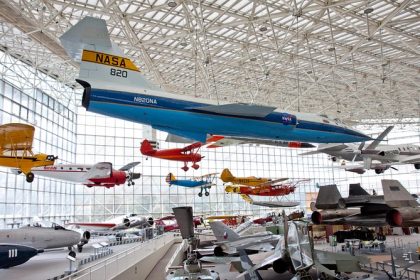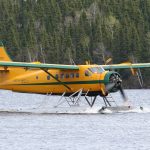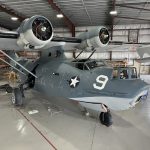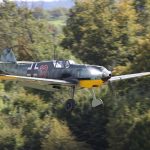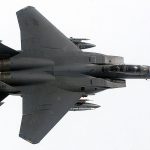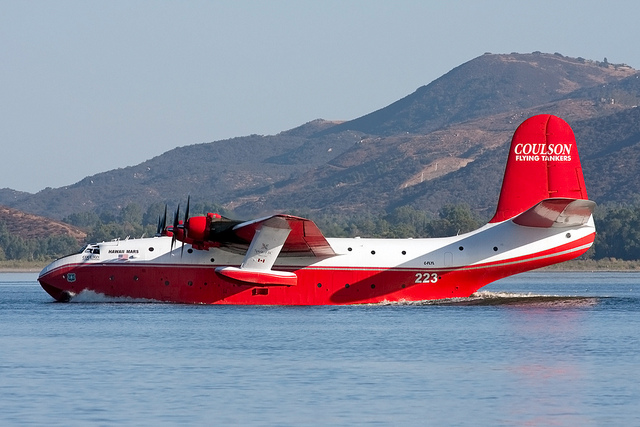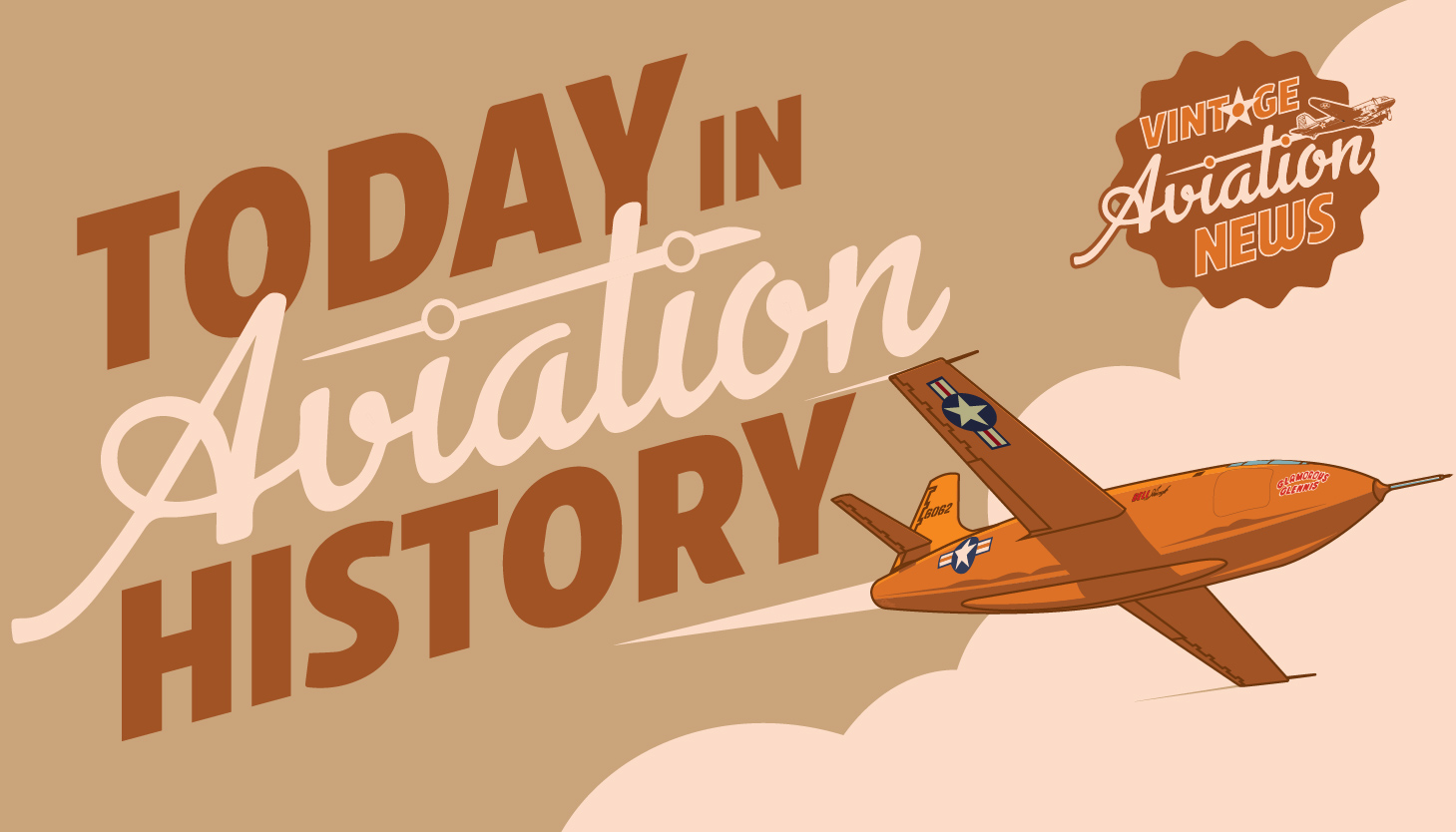
The name Stinson was not new to aviation when pilot Edward “Eddie” Stinson established the company that bore his name in 1920. His sisters Katherine and Majorie Stinson were among the first licensed female pilots in the United States, with Katherine being the fourth woman to earn a US pilot’s license and Majorie the ninth, and were prominent stunt pilots during the 1910s. Though they were rejected from military service as pilots during WWI, their brother Eddie became a flight instructor in the Army Air Service during the war. Although he founded the Stinson Aircraft Company in 1920, it was not until 1925, after moving the business from Dayton, Ohio to Detroit, Michigan that Eddie Stinson would begin manufacturing aircraft under the Stinson Aircraft Syndicate.
After moving to Detroit, Stinson received support in the form of $25,000 from the Detroit Board of Commerce’s Aviation Committee to design and build a prototype for a 4-place biplane with an enclosed cockpit and cabin, powered by a Wright J-4 Whirlwind air-cooled radial engine. This aircraft would be called the Stinson SB-1 Detroiter (Stinson Biplane Model 1).
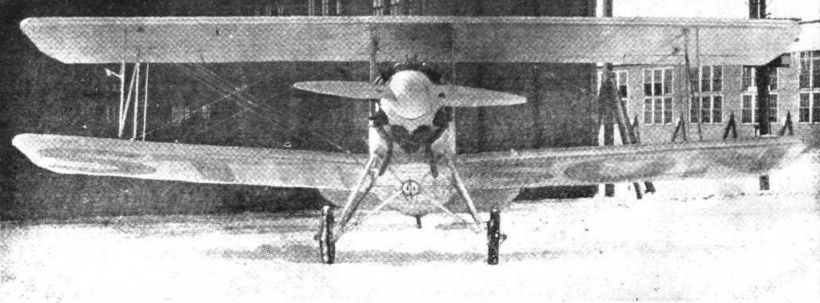
On January 25, 1926, at Packard Field in the Detroit suburb of Roseville, Michigan, the first Stinson SB-1 took its maiden flight. Along with its enclosed cabin, the SB-1 had a heating system for the cabin, upholstered seats and side panels, and even a cigar lighter, making it an instant success among the business crowd. From a pilot’s point of view, the aircraft offered more sophisticated systems, from an electric starter for the engine, to individual wheel brakes.
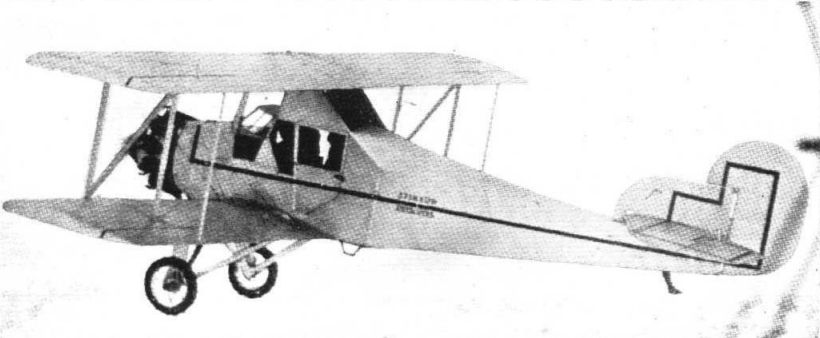
This success led to Stinson being able to acquire a production facility for the airplanes in Northville on May 4, 1926, and just three months later, in August 1926, the first production SB-1 rolled off the production line, with 18 in total being sold, including the prototype to Horace Dodge Jr, the son of Dodge Brothers co-founder Horace Dodge.
The following year, 1927, would be one of the best years for aviation, as Charles Lindbergh’s flight from New York to Paris launched a wave of record-setting flights, and added commercial and business interest in aviation. At the same time, it was evident that the monoplane was here to stay, and were not outmoding the biplane in terms of performance. That year, Stinson introduced SM-1 (Stinson Monoplane model 1), a high-wing monoplane that could carry six passengers and a single pilot. This aircraft also took on the name Detroiter. The SM-1 became an attractive aircraft for airlines in the United States such as Braniff Airlines and Northwest Airlines, while it gained foreign customers in China with the China National Aviation Corporation (CNAC) and in Peru with Faucett Perú. The aircraft also became a military transport in Latin America for both the Honduran Air Force and Peruvian Air Force.
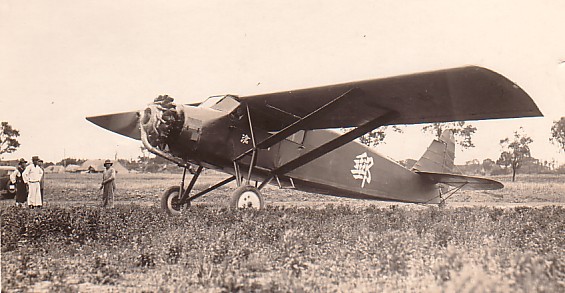
On October 11, 1927, American pilot Ruth Elder used a Stinson Detroiter named American Girl in her attempt to become the first woman to fly across the Atlantic, with George William Haldeman as co-pilot. Unfortunately, on the morning of October 12, it was revealed that an oil line for the American Girl’s engine had ruptured, and they were over 350 miles from the Azores, the nearest land to their location over the Atlantic Ocean. Fortunately, they spotted the Dutch-registered tanker S.S. Barendrecht, ditched in the water near the ship, and were taken aboard. Though she had failed to make it across the Atlantic Ocean, Elder used her fame to star in two silent films (Moran of the Marines, and The Winged Horseman, starring alongside cowboy actor Hoot Gibson).
Another Detroiter was used to become the first airplane powered by diesel. In 1928, Packard introduced the DR-980, a nine-cylinder air-cooled radial engine that ran on diesel. On September 18, 1928, a Stinson SM-1DX Detroiter, NX7654, made the first flight of a diesel-powered airplane in history, and although later testing showed the engine was more fuel efficient, issues with exhaust fumes and considerable engine vibration when running prevented the widespread success of the diesel aircraft engine. NX7654 was later preserved in the Henry Ford Museum in Dearborn, Michigan before coming into the collection of the now-closed Golden Wings Flying Museum in Blaine, Minnesota.
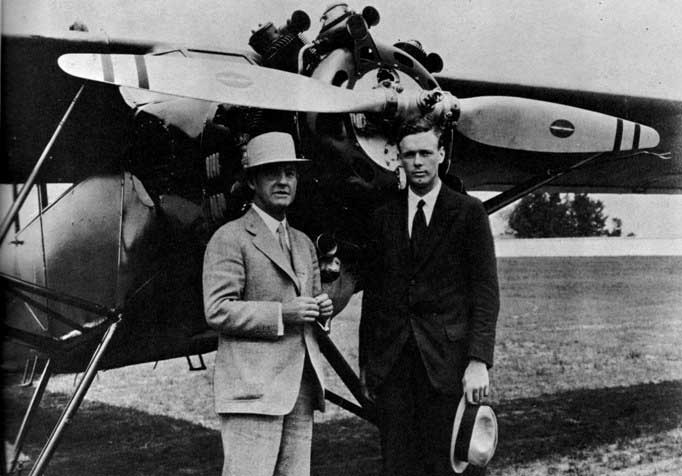
While the Detroiter was a success for Stinson, the aircraft was too big for private pilots in the growing field of general aviation. This led to Stinson adapting the design of the Detroiter into the Stinson Junior, which would lead to a family of single-engine aircraft and some tri-motor transports that would ultimately led to the Stinson Voygaer, L-5 Sentinel, and Stinson 108 before the company was bought out by Piper Aircraft in 1948.
In all, over 100 Stinson Detroiters of both the biplane and monoplane variants were built. Some SM-1 Detroiters are still around in museums and private collections around the United States, with one example, SM-1 N1517, being restored by Chuck Wentworth for John Seibold of Scenic Airlines in Las Vegas, Nevada, though he based the aircraft alongside his collection of vintage aircraft at Valle Airport, Arizona, just south of the Grand Canyon. After Seibold’s passing in 2019, the aircraft was donated to the Old Rhinebeck Aerodrome of New York in 2023, and made an epic flight across the country that summer. Now, the Old Rhinebeck Aerodrome uses its heated cabin to offer rides to museum patrons above the scenic Hudson River Valley, alongside the open-cockpit biplane flights in ORA’s New Standard D-25.
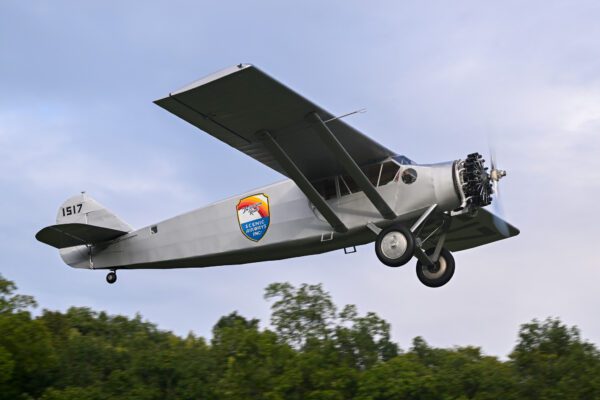
Today, the Stinson Detroiter remembers an icon of the Golden Age of Aviation, and the small number of airworthy examples showcase just how far aviation has evolved in the 99 years since the prototype Stinson SB-1 Detroiter made its first flight in the wintry skies of Michigan.
Today in Aviation History is a series highlighting the achievements, innovations, and milestones that have shaped the skies. All the previous anniversaries are available HERE



